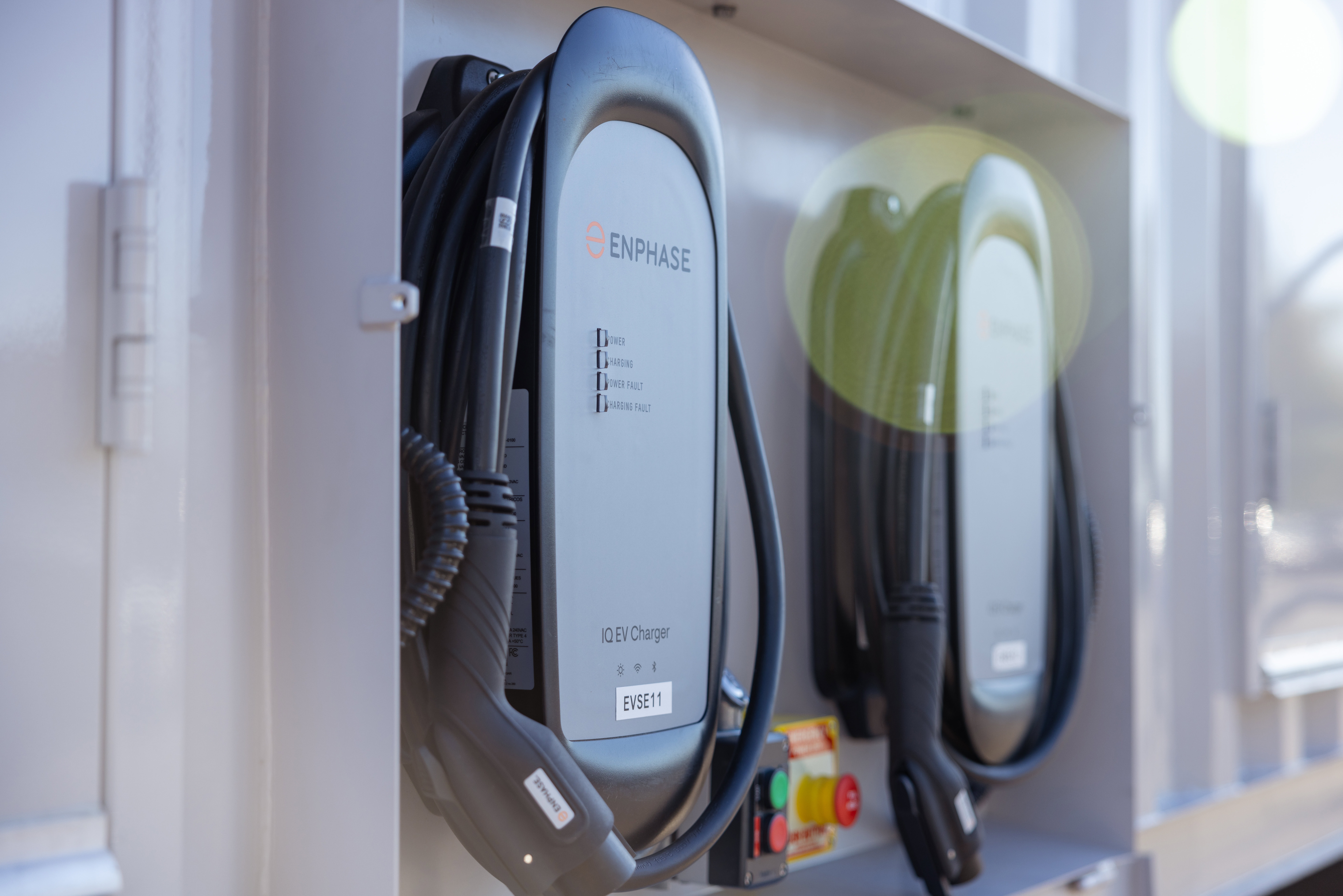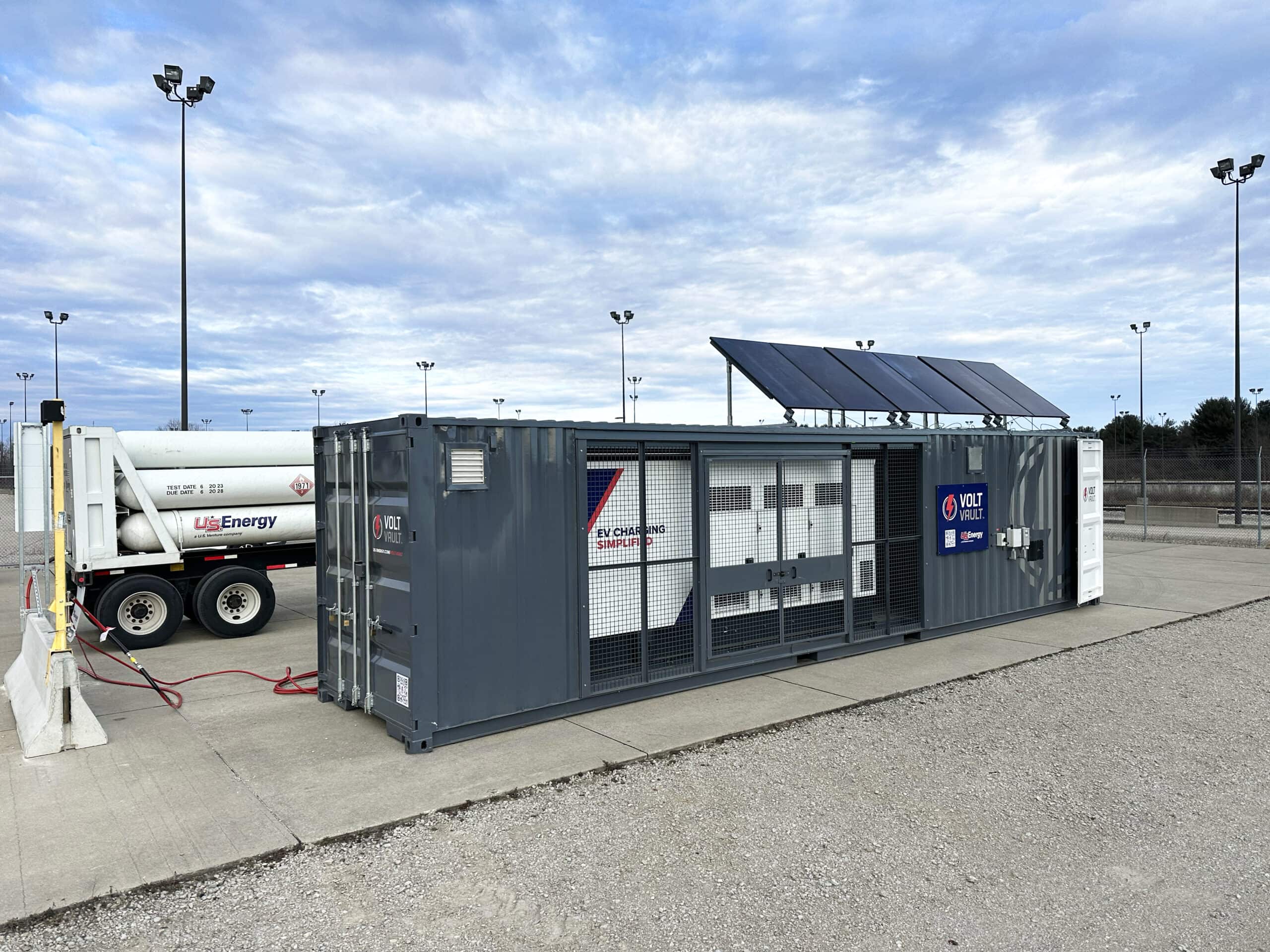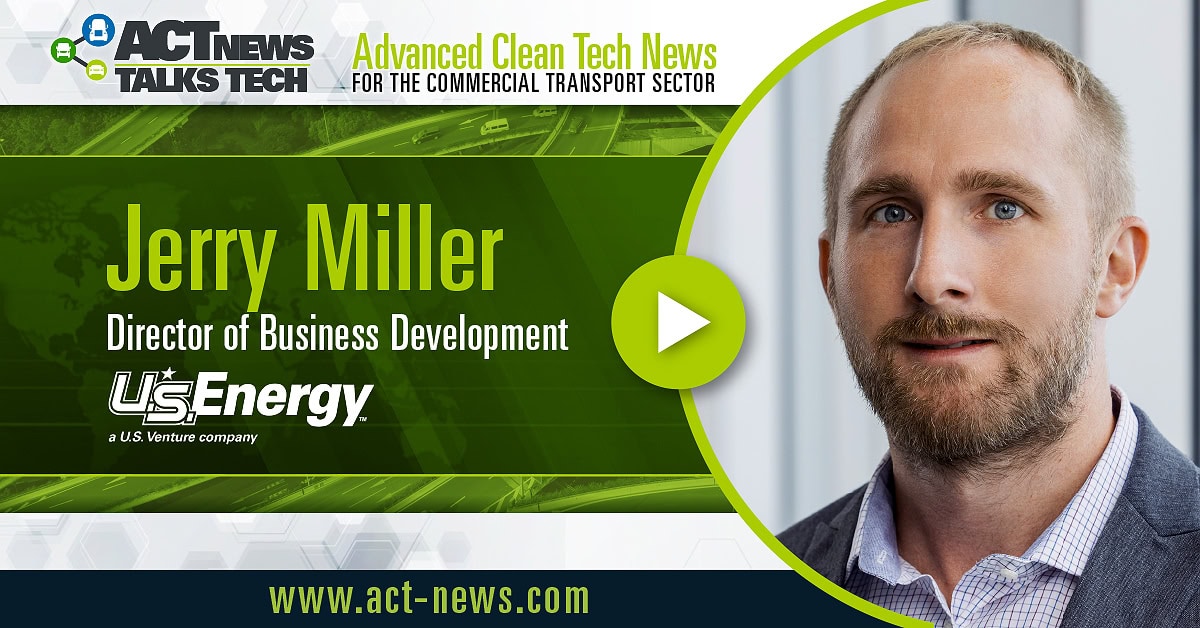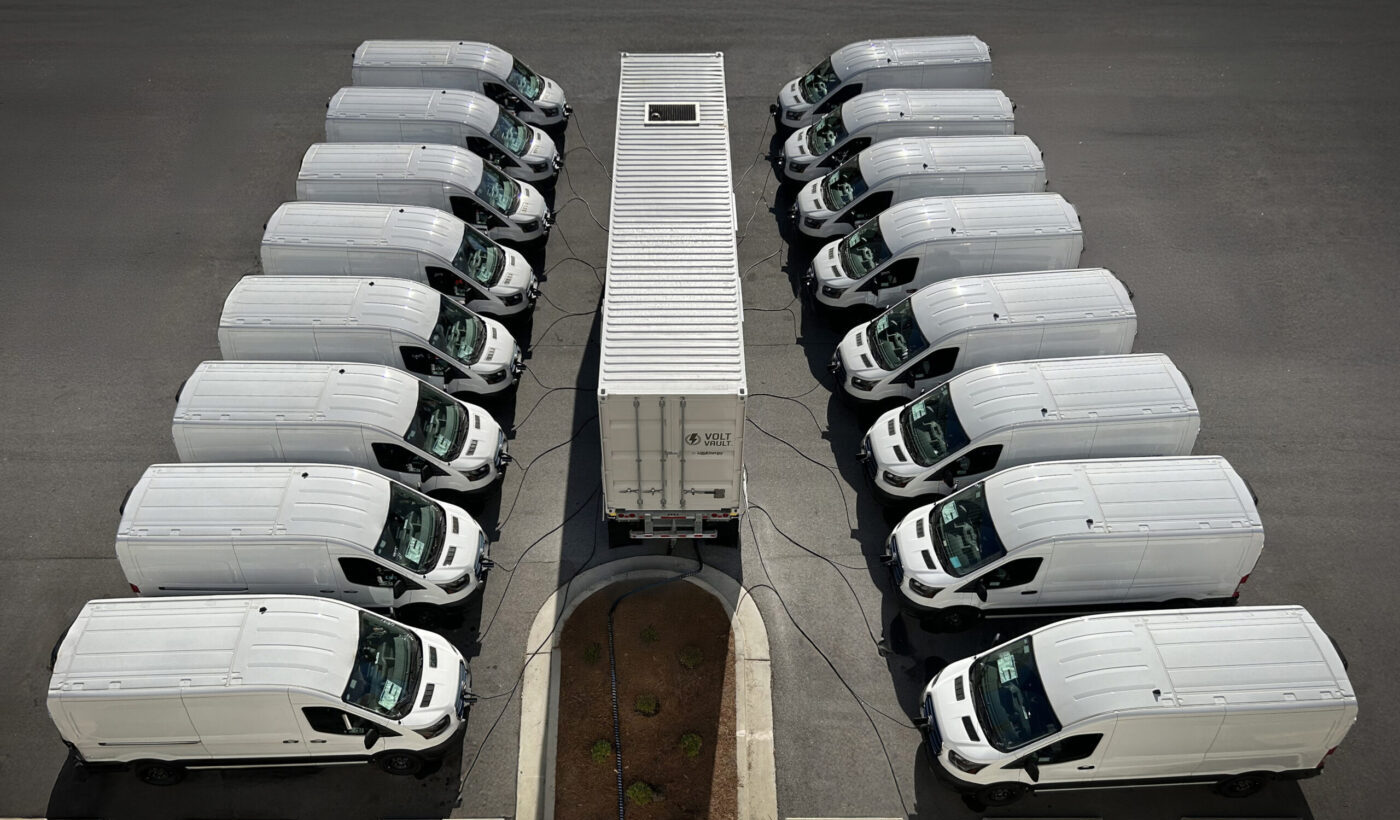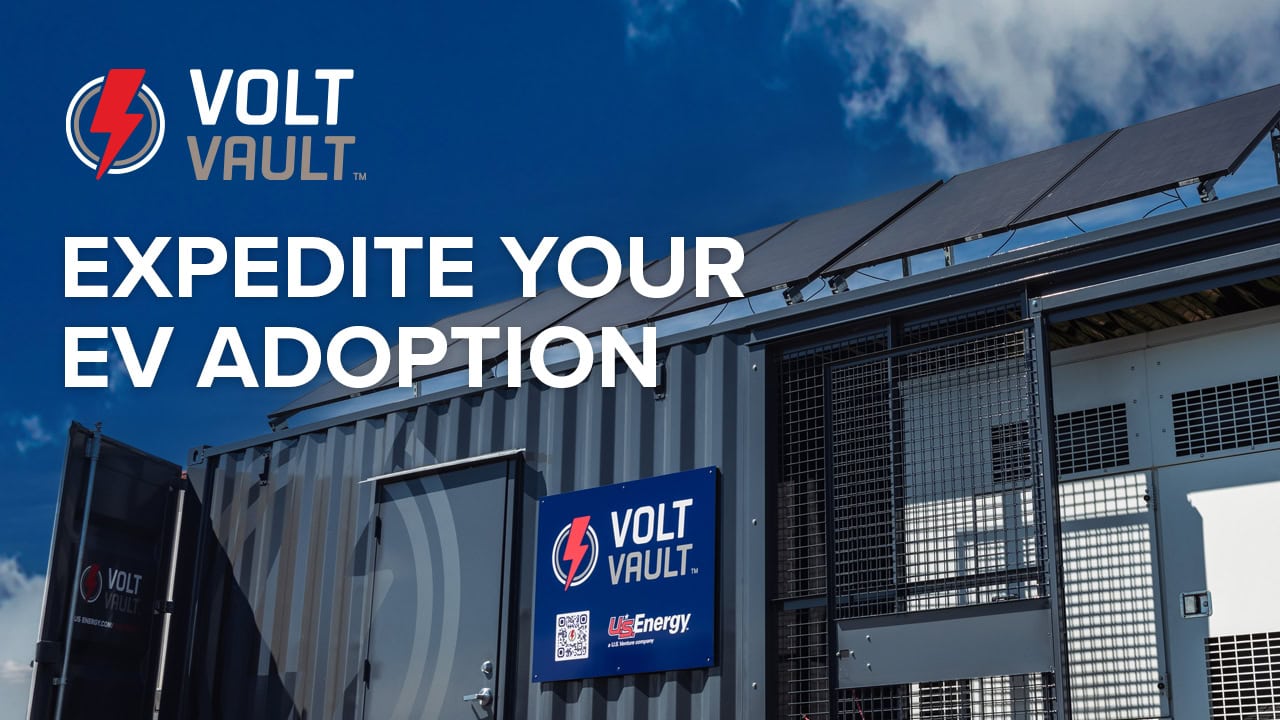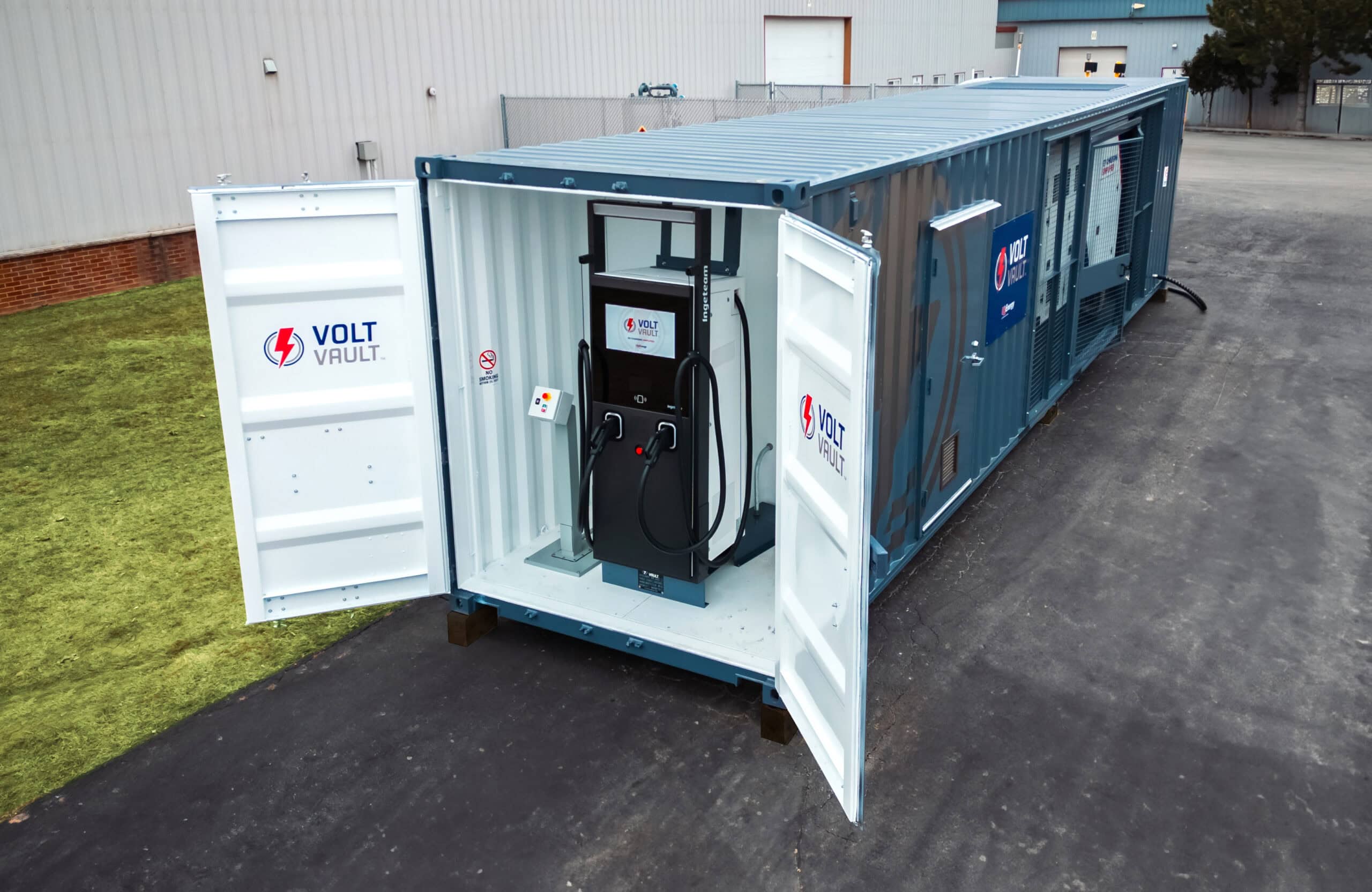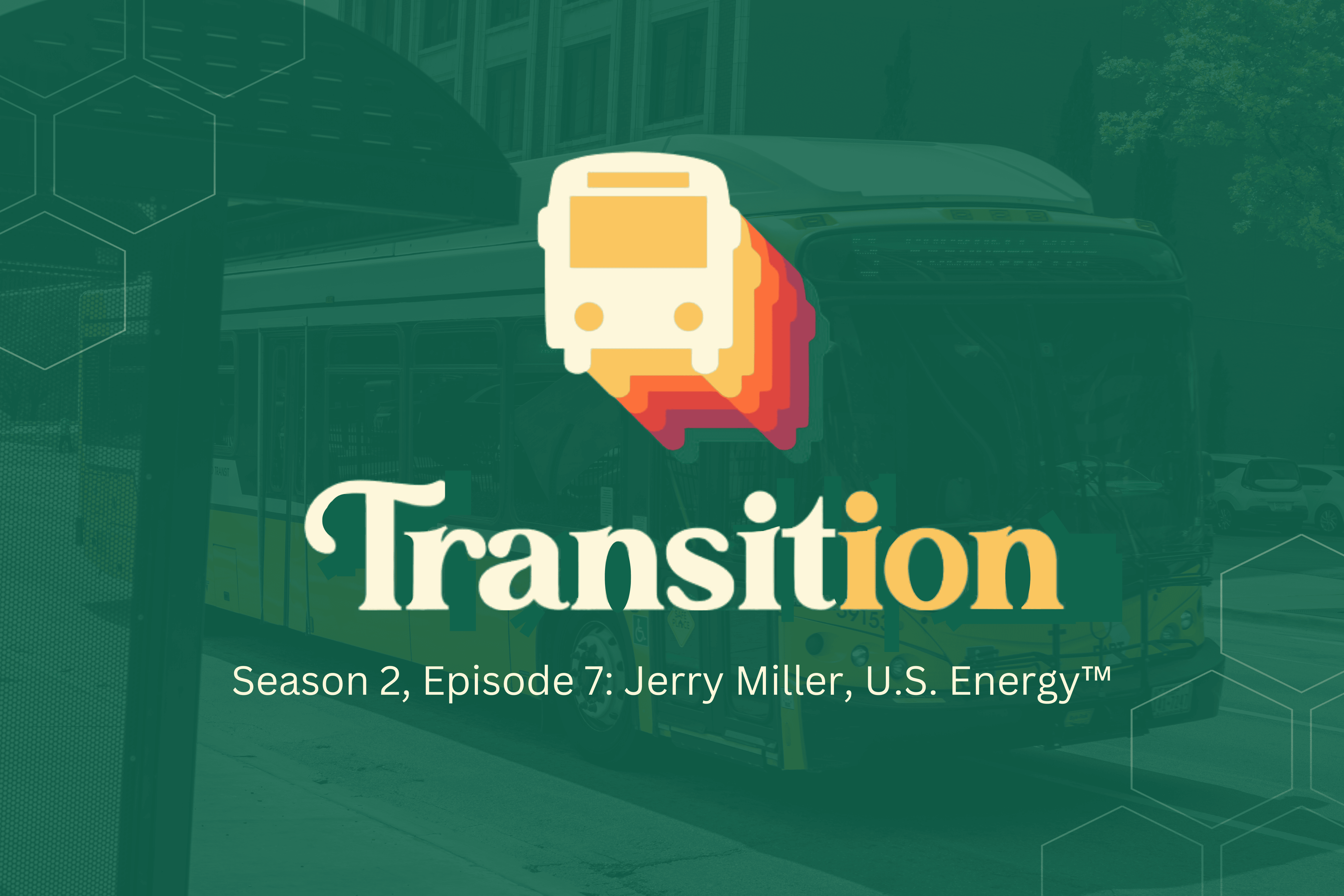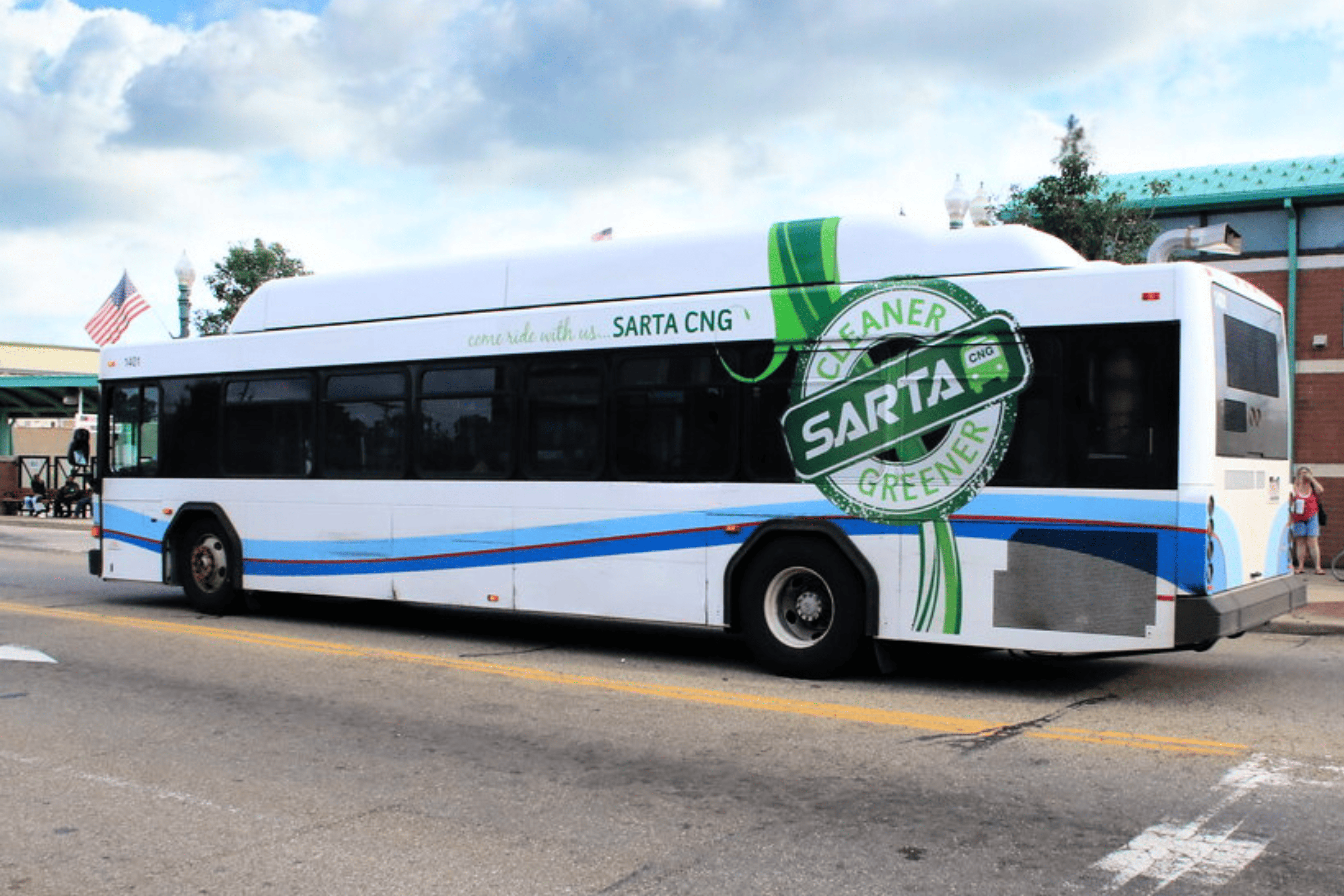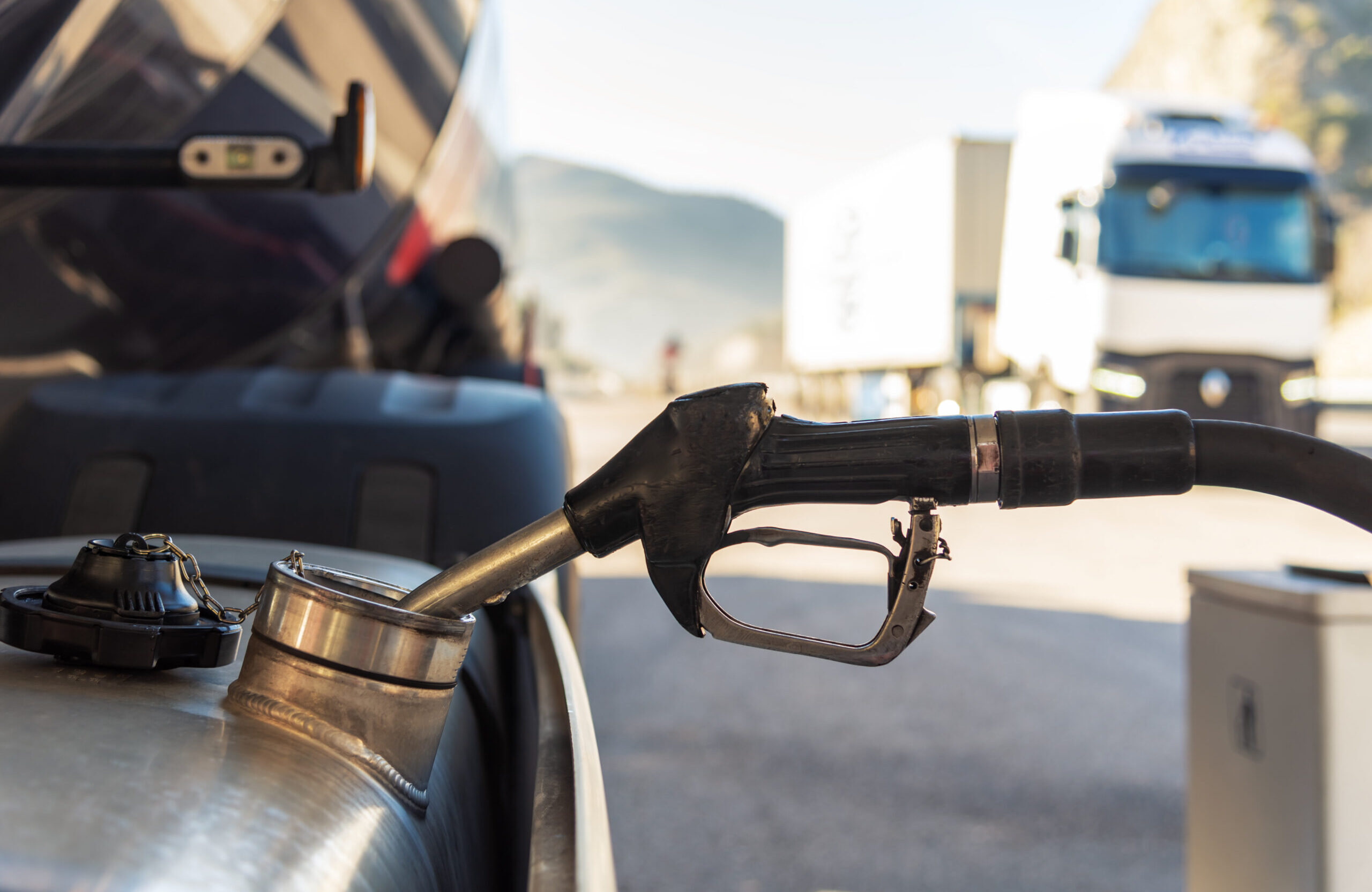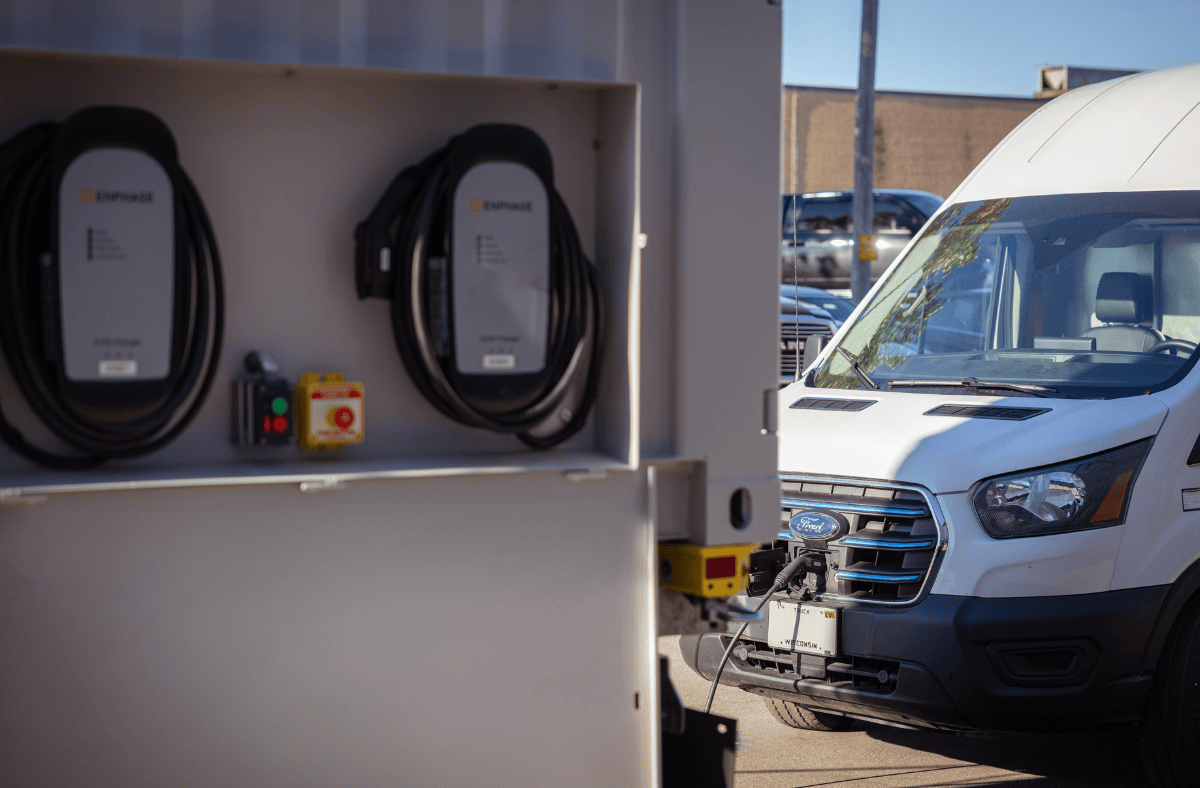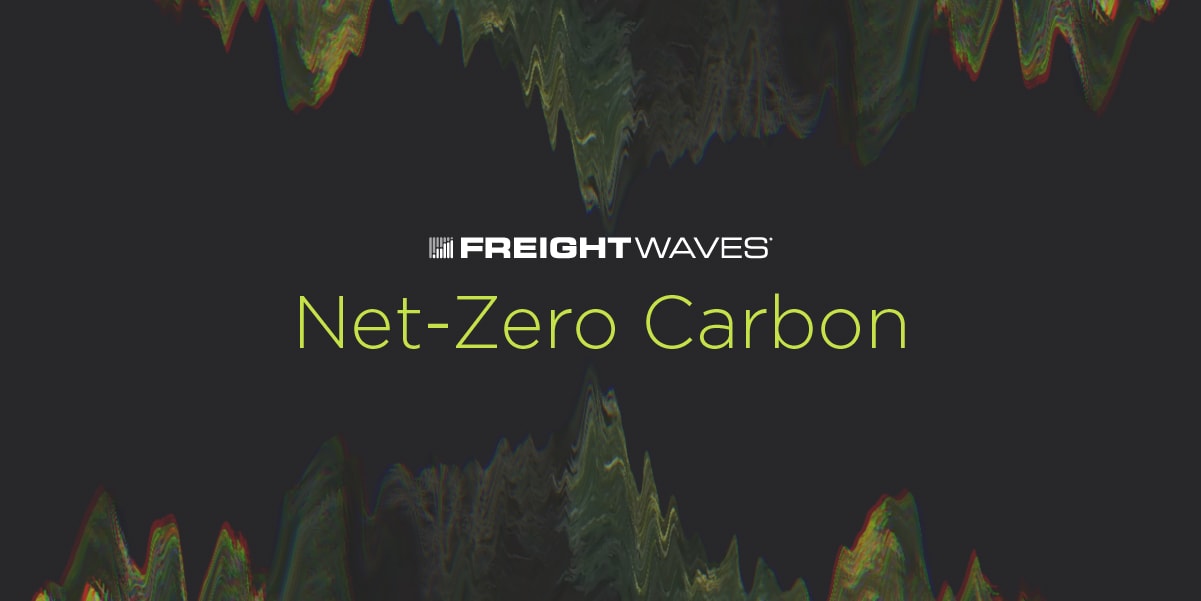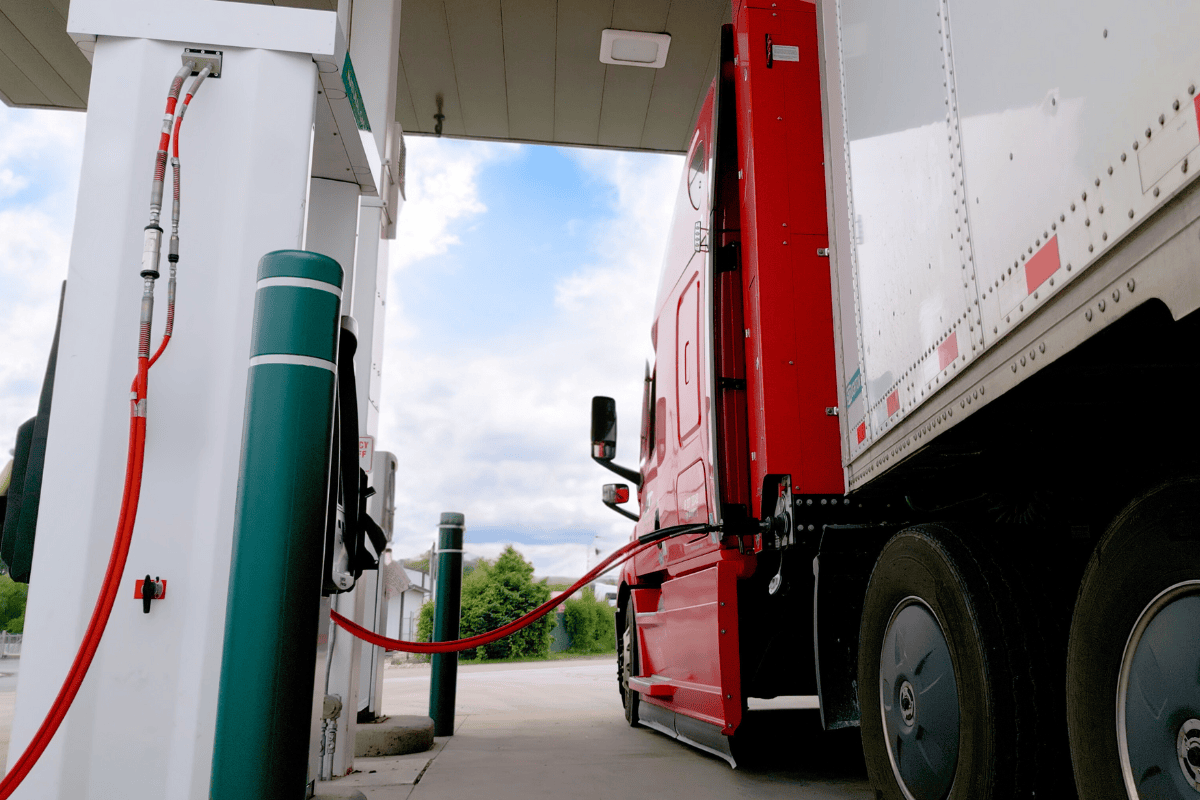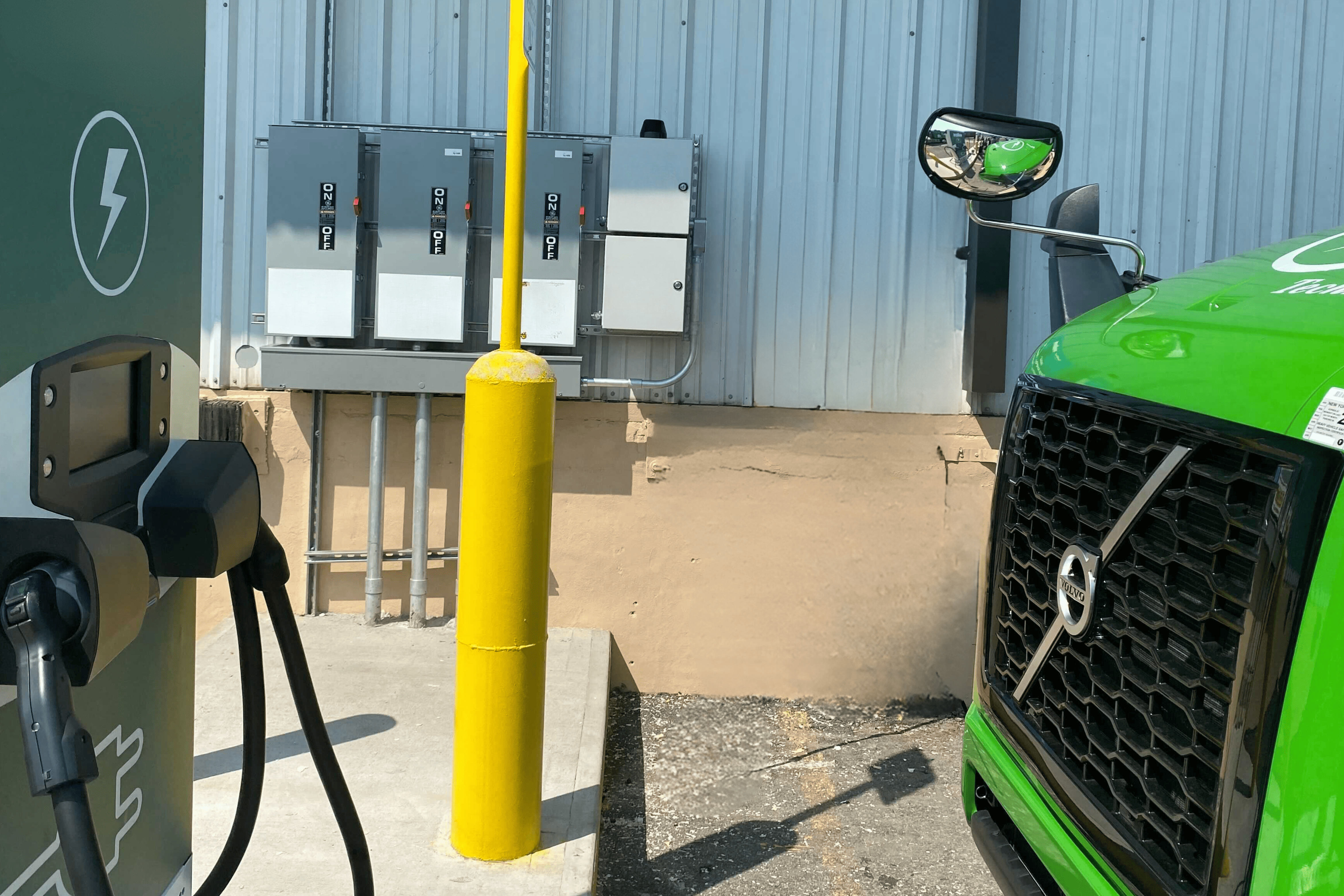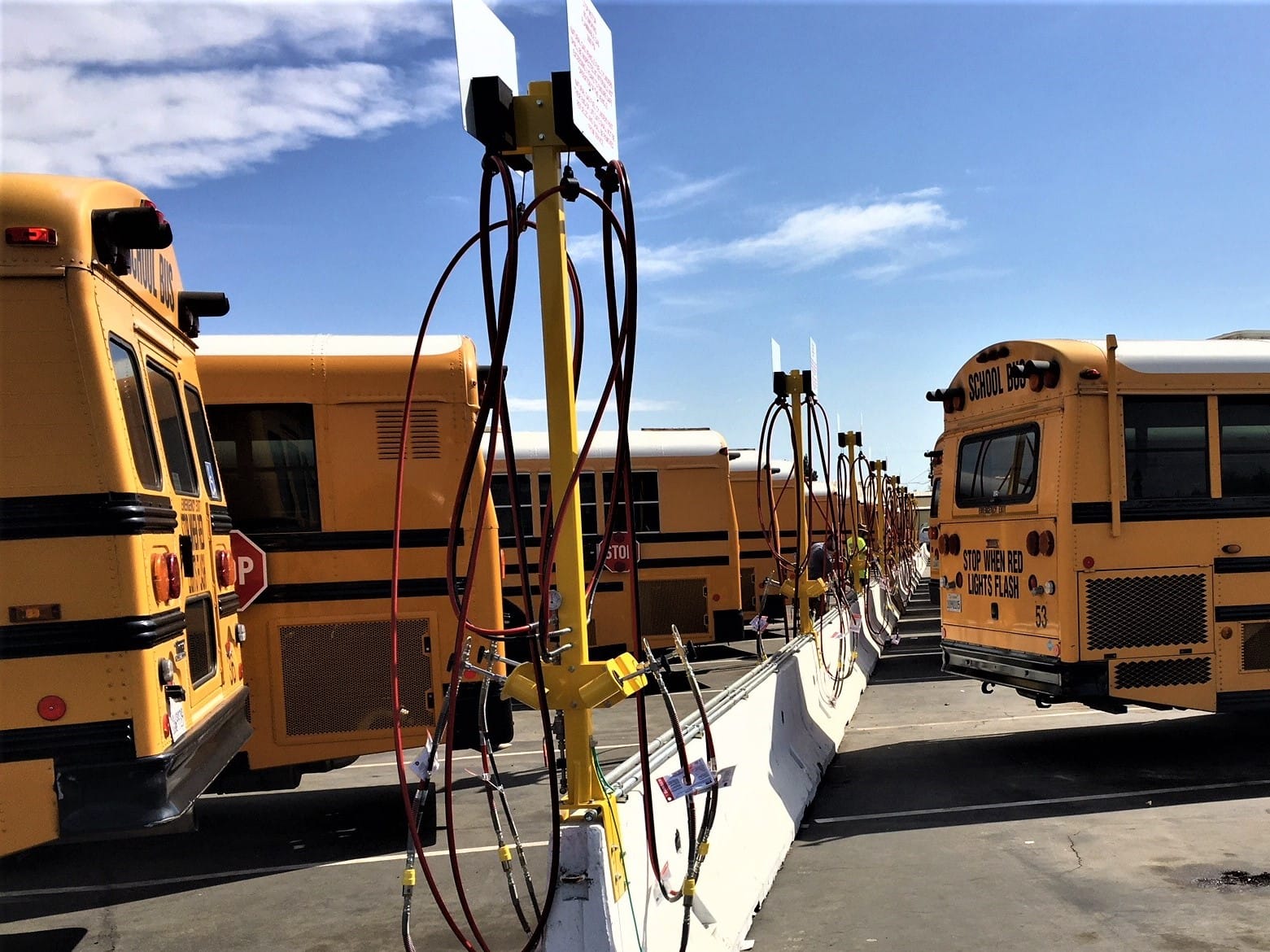Education Center / What’s the Difference Between Time-of-Use and Demand Charging?
Blog
Category: Alternative Fuel, Electric Charging
What’s the Difference Between Time-of-Use and Demand Charging?
As more businesses, gas stations, residential units, and popular attractions begin to integrate electric vehicle (EV) chargers into their offering, there will be a learning curve. Unlike traditional fueling, when (and how often) you charge an EV makes a difference. Keep reading to learn how you can plan for variables such as time of use charging and demand charging.
TIME OF USE CHARGING: KNOW YOUR “WHEN”
When you go to a gas station to fill up your vehicle—be it with gasoline, diesel, or natural gas—you know exactly how much you will pay per gallon. Whether you’re filling your tank at 5:00 a.m., noon, or 7:00 p.m., the price is not impacted by when others fill up their vehicles. With EVs, that’s not the case—rather it pays to plan.
EVs are subject to time-of-use charging. This is when utilities change their kilowatt/hour (kWh) rate throughout the day to reflect electricity demand. As a result, the price consumers pay depends on what time they charge.
- Peak (On-Peak) Hours: Peak (or on-peak) hours are when there is the largest draw on grid electricity. Often, peak pricing occurs between 4:00-9:00 p.m. when many individuals are performing energy-intensive tasks (i.e., doing laundry, cooking, using air conditioning). The specific hours will vary by region.
- Off-Peak Hours: Conversely, off-peak hours are when electricity demand is lower. With the prior example, if peak hours are 4:00-9:00 p.m., off-peak hours would run from 9:00 p.m.-4:00 p.m.
PEAK AND OFF-PEAK RATES: WHAT’S THE IMPACT ON PRICE?
Are you wondering how big of a difference charging during peak or off-peak hours really makes? Ultimately, it will come down to a few variables: if it’s a weekday or the weekend, your region, the season, your customer type (i.e., residential, commercial), and your utility’s rate structure to name a few. Let’s take the two examples, below:
- Residential Plans: San Diego Gas and Electric’s residential customers find themselves paying drastically different amounts if they charge during peak, off-peak, or super off-peak hours. During winter, its customers will pay 15-250% more during peak hours whereas, during summer, they will pay 65-430% more during peak hours than off peak hours.
- Commercial Plans: We see a similar story when switching the region and customer type. For Wisconsin Public Service’s (WPS) business customers, they will find themselves paying ~250% more during peak hours.
While these percentages are directly tied to the above variables, the overarching message remains: charging during peak hours will ultimately end up costing more. But how can you manage that?
MANAGED CHARGERS: LIMIT YOUR TIME OF USE RATES
To avoid time of use charges, ensure your fleet is using managed chargers or charge management software (CMS). These systems can help you avoid time of use rates by automatically turning off chargers at strategic intervals (i.e., during peak rates) while still making sure your fleet is charged when you need it. Learn more about the key differences between smart chargers and managed chargers in this blog.
DEMAND CHARGING: BENCHMARK YOUR “HOW MUCH”
A second consideration with EVs is demand charging. This is when utilities charge customers for the energy needed to meet their business operations. Demand charge rates are calculated by taking an organization’s highest electricity requirement during a set period. This means you will be charged for the electricity you could have used, not necessarily the amount you did use.
Why? As your electricity demand increases, utilities must also scale their infrastructure to ensure they’re able to generate and distribute enough electricity to meet your needs. Since this can be a costly process, demand charges are a utility’s way of passing along some of this cost to its ratepayers. While each utility approaches this differently, typically demand charging only applies to commercial customers.
How might this impact you? If you’re an organization with an owned fleet, operating fixed duty cycles, you likely won’t notice an impact if your charging is consistent. Convenience stores on the other hand could notice a greater impact since there is no way to predict exactly how many EVs will stop by their station at any given point.
For example, with National Electric Vehicle Infrastructure (NEVI) stations, each site that receives NEVI funding is required to have four 150kW chargers per site. These sites will be located roughly every 50 miles on all US interstates. If one of these sites has four EVs pull up and all charge at once (where normally they only have one charger being used at a time), this will increase their electricity baseline (and demand charge rate). Each time you hit a new peak in electricity demand, it will serve as your new benchmark going forward.
NEXT STEPS?
Now that you’re familiar with time of use charging and demand charging, you can make more informed decisions when planning your implementation of EVs and chargers. If you need help getting started or a partner to manage your electric credit generation and monetization, we’re here to help.

